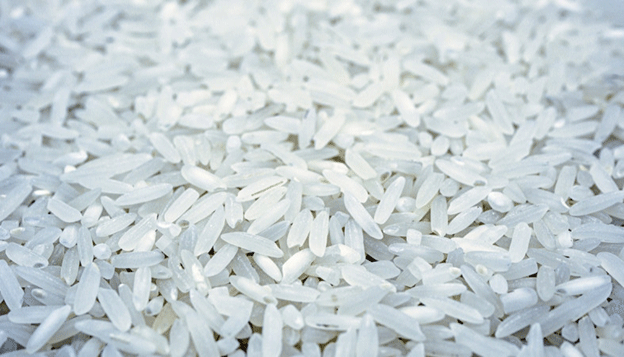In an extraordinary feat, a special rice variety from Japan has been named the most expensive rice in the world by the Guinness World Records. Priced at over $109 per kilogram (equivalent to more than 10,000 rubles), this rice is not just a culinary delight but a symbol of meticulous agricultural craftsmanship. The rice, which boasts a sweet flavor and distinctive aroma, is produced using a highly specialized process developed by Toyo Rice Corporation over the last 17 years.
A Handcrafted Masterpiece
What sets this rice apart is the extreme care taken during production. Each grain is handpicked, ensuring that only the finest make it through to the next stage. After harvesting, the grains undergo a six-month maturation and processing period. The unique technology used by Toyo Rice Corporation involves the removal of the inedible waxy layer on the rice grains, enhancing both flavor and aroma.
This intensive method of selection and processing not only ensures the highest quality but also reflects Japan’s dedication to perfection in agricultural production. The process guarantees that the rice maintains its natural nutritional benefits while delivering an unparalleled sensory experience. It is this combination of tradition, technology, and attention to detail that justifies the rice’s premium price.
Why Such a High Price?
Several factors contribute to the high cost of this Guinness-record-breaking rice. First and foremost is the labor-intensive manual selection process, which requires skilled workers to carefully examine each grain. Second, the proprietary technology developed by Toyo Rice Corporation to remove the waxy coating is time-consuming and expensive. Finally, the maturation period ensures that the rice reaches its peak flavor, but this extended process adds significantly to production costs.
Despite its price, this rice has found a market among affluent consumers in Japan and beyond who are willing to pay for its exceptional taste and rarity. In many high-end restaurants, this rice is featured as a luxury ingredient in gourmet dishes, where chefs can showcase its superior quality.
Japanese Rice Production and Innovation
Japan has long been known for its innovation in agricultural practices, particularly in rice production. While most Japanese rice varieties are grown for local consumption, the country’s focus on quality has led to the development of premium rice types that are highly sought after internationally. The production of this Guinness-record rice exemplifies Japan’s ability to combine traditional farming techniques with cutting-edge technology.
Japan’s climate and soil conditions, especially in regions such as Niigata and Akita, are particularly suited to producing high-quality rice. Coupled with Japan’s precision farming methods, these factors contribute to the creation of rice varieties that are rich in flavor and have a long shelf life, making them favorites in the luxury food market.
The Guinness World Record for the most expensive rice highlights Japan’s commitment to excellence in agricultural production. This $109-per-kilogram rice variety is more than just a food item; it represents the pinnacle of craftsmanship, technological innovation, and tradition in rice farming. While its price may be out of reach for many, its existence underscores the evolving role of luxury foods in modern agriculture and the global market.
Error




